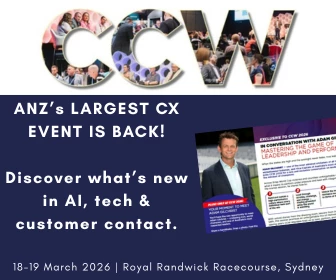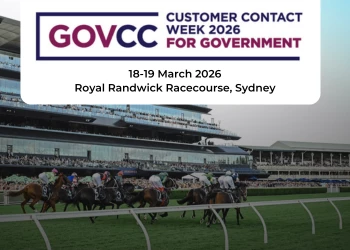Call Center Managers: Don’t Be a Customer Experience Roadblock!
Add bookmarkManagement styles naturally differ from person to person and from organization to organization. Sadly, one of the few consistencies in call center management is a tendency to stand in the way of the truest, most important objective: driving a better customer experience.
Managers guilty of such inhibition repeatedly make the same, blatantly-obvious mistakes. They continually hire agents through the same flawed process with the same flawed mindset. They continually measure performance against metrics without tying the value back to the customer experience—often because the connection is shaky at best. And they continually fail to empower agents to do what is best for the customer.
[eventPDF]
Call center managers should be working to facilitate more valuable interactions between agents and customers. They should be working to strengthen the customer experience.
They—and their policies--need to stop serving as roadblocks.
In a podcast interview with Call Center IQ sister division Telecoms IQ, Frontier Communications’ vice president of customer support Lynn Holmgren reveals the mindset call center leadership needs to adopt when driving the customer experience. Highlight quotes are below.
And if you like what Lynn has to say, you can witness her presentation at the upcoming Customer Experience Management for Telecoms North America this February.
On the use of metrics like Average Handle Time: While average handle time is important to maintain your finances for your organization, and somebody should be watching it, it probably should not be your frontline call consultants. So slip that on its side, and explain the whys. Why do you use average handle time? Well, we use it so we can staff appropriately. What I want you to look at is look at your wait and
waste, where are we wasting time, and how can you contribute to that? And why do we do that? Because if we don’t take care of that, we make the customer wait, and that disappoints them. So change your metric, you put it in a customer language, and keep the customer at the center.
On hiring the "right" agent: Hire the right people. A lot of times we say well, I want somebody that has call center experience. That’s not always your best candidate, because sometimes they may have been trained to do things the way that you don’t want them to be done. So think very clearly about what it is that you’re trying to drive, and then hire to that goal. We’ve found people that have had supervisory experience elsewhere, whether that’s leading a team at McDonald’s, actually does better, or somebody that’s perhaps run their own business, does better in our environment. So really understand what it is, and don’t just accept the normal mores of what you think might drive the business, but really understand and drive in to what type of people do you want to hire.
On empowering agents to satisfy customers: Reward the risk taking. If, in fact, they went outside of a policy that you have to take care of the customer, don’t punish them for that, reward them for that. A couple of things that we have done in my company is really look at a flexible solution space mentality. And what I mean by that is to give them degrees of freedom to being able to solve customer problems. Don’t give them a lot of forms that say you must do this, you have to do that. Make sure that it doesn’t feel like you’re an accountant during an audit. We’re going to look for the meat of it: did you resolve the customer’s issue? Did you offer options and solutions? And did you treat the customer as a valued customer?
On creating a customer-friendly agent environment: Really catch people doing great things and celebrate that. If they get a letter in from a customer that says they’ve done a great job, you know, post it on a wall, celebrate it, give them flowers, whatever it is that you do. We happen to use a lot of balloons, so that people can see visually throughout the center that people are being recognized for their terrific customer service... Really think about even what your physical space looks like, is it energetic, is it fun, or is it old and sort of, you know, beat up? Really think about all the different touchpoints of how you’re treating your employees, because that’s how they will interpret whether or not you care for them, and they will then deliver that same sort of experience to the people that they’re serving.








